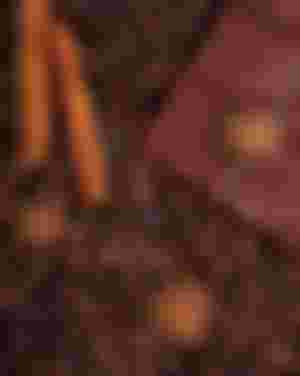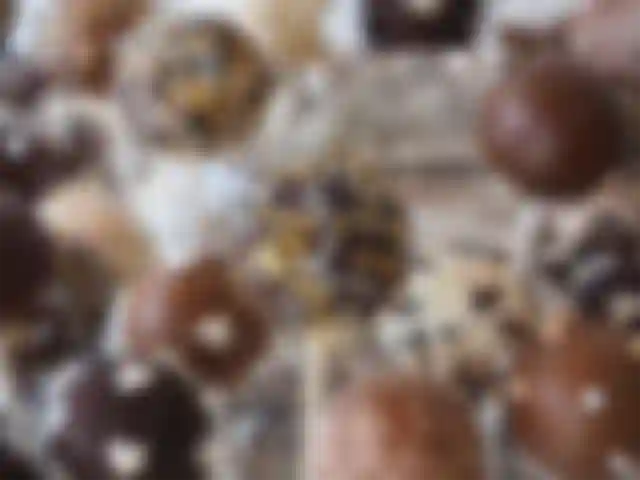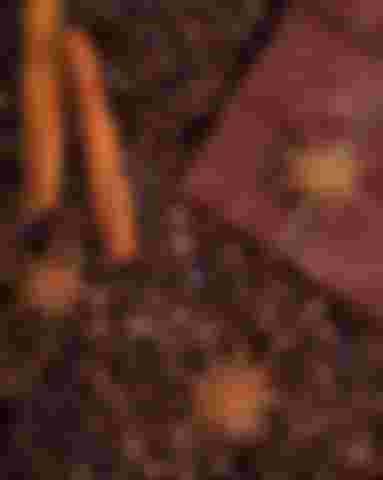The Chocolate Truth

An article that tells you where the chocolates we love comes from and the process of making it.
Chocolate starts out as a tree.
A cacao tree is a fruit-bearing tree that produces the sweet and bitter cocoa beans used to make chocolate. The trees thrive in tropical rainforests, where they receive plenty of sunlight, humidity and rainfall. There are more than 3,000 varieties of this plant throughout Central America, South America and Africa.
In order for a cacao pod to produce beans, it must be picked by hand from the tree when it's fully mature (usually after three years). Once harvested from their pods by hand or mechanically cut with machetes, these beans are then dried for at least 24 hours before being transported to processing facilities for further handling.
In 1492 Christopher Columbus Loaded Cacao Trees on his Ships and took them to the "New World"
Christopher Columbus was an Italian explorer, and he lived from 1451 to 1506. In 1492, Columbus first set sail to the New World with ships full of cacao trees. He did not realize that this tree would become one of the most valuable commodities in the world. These trees were planted in the Caribbean, where their value was only known by local farmers for many years.
Types of Chocolate
There are four different types of chocolate and they are made from different ingredients. The first type is dark chocolate. Dark chocolate contains no more than 45% cocoa solids, along with sugar and other ingredients like vanilla or lecithin that give it a creamy flavor. Milk chocolate also contains no more than 45% cocoa solids, but also has dairy products added such as butterfat from cows' milk or cream (although some companies use non-hydrogenated vegetable oil). White chocolate is made without any cocoa solids at all - instead sugar is combined with vanilla extract to create the right taste. Unsweetened chocolates contain 80% cacao or higher, with little to no sugar added in their production process.
The chocolate is harvested by hand to preserve the delicate fruit.
According to the World Cocoa Foundation, cocoa is a delicate crop. It grows best in hot, humid tropical climates and requires special care during harvesting. Because of its sensitivity to weather and disease, harvesting is done by hand. This helps prevent damage to the fruit pods as they are taken from the tree.
The process begins with cutting the pod from its stem. The pod is then split open so that each seed can be removed from their pulp and separated from one another. After cleaning, drying, roasting and grinding these seeds into powder form (this process can also be done before splitting them from their pulp), you have chocolate liquor!
Every year between 20-25% of cacao crops are lost to disease or fungus, like mold.
Every year between 20-25% of cacao crops are lost to disease or fungus, like mold. The main culprits are root rot and fusarium, a fungal disease that spreads quickly and can wipe out an entire plantation in just weeks.
Mold is a type of fungus that thrives in warm, humid environments like those found in Central America, where most cacao beans are grown. In fact, it's estimated that as much as 50% of all chocolate produced globally has some level of fungus contamination—which you'll never know about until you take off your blindfold at the end of your next blind taste test!
The cacao beans are fermented inside the pods for 7-10 days. This helps develop their flavor and color.
Fermentation is the process by which yeast, bacteria, or other microorganisms break down sugar in food. This produces alcohol or acids, or both. It's used to make wine, beer, bread, and yogurt; and also for curing meat.
In chocolate making it helps develop flavor and color in cacao beans.
Like a fine wine the flavor of chocolate depends on the type of cacao, which depends on where it's grown and how it's processed.
Chocolate from different regions taste different because of the type of cocoa plant that is grown. The flavor of chocolate depends on the type of cacao, which depends on where it's grown and how it's processed. For example, cacao from Venezuela can have a fruity-chocolate taste while cacao from Madagascar has a floral aroma. You may have noticed this difference in your local grocery store—chocolate bars are often labeled with their origin country or region like "from Peru" or "Caribbean blend."
It's not just the flavor though; chocolate from different places also has different textures. Chocolate made with African Criollo beans tends to be smoother than other types because they're less acidic and contain less caffeine than their counterparts such as Trinitario or Forastero beans which are generally used for mass production (like Hershey).

Cacao beans are dried in the sun for several days before being roasted in an oven at around 200 degrees F for about two hours
Once the cacao beans have been harvested, they must be dried in the sun for several days before being roasted. The roasting process helps prevent mold and adds flavor to the beans. It also kills any germs that may be present on the cacao bean, making it easier to crush.
After roasting, the shells are removed from the nibs and discarded. This process is called winnowing.
After roasting, the shells are removed from the nibs and discarded. This process is called winnowing. It's important because it reveals what will become chocolate: The nibs are the part of the cacao bean that becomes chocolate when ground into powder or paste; they look like little bits of brownish-white beans.
The roasted nibs then undergo a process called conching where they are mixed with sugar for several hours.
After the nibs are roasted, they undergo a process called conching. Conching is what gives chocolate a smooth texture and develops its flavor. It also helps combine the cocoa butter and other components of the chocolate.
Chocolate makers have been doing this for centuries, but it was only in 1879 that Henri Nestlé invented his famous brand of confections after perfecting the conching technique. Because he perfected such an important step in making fine chocolates, it's no wonder he's known as "The King Of Chocolate".

Conching also helps improve the texture of chocolate products by removing excess moisture and reducing graininess.
Conching also helps improve the texture of chocolate products by removing excess moisture and reducing graininess. It is a process that extends the shelf life of chocolate as well, since it reduces the amount of fat bloom (fat particles crystallizing on top) that occurs over time.
This method can be done by hand or with machines designed to perform this function. Although there are many variables involved in conching, one thing is for sure: this step produces smoother and creamier chocolates with a more intense taste!
Once conched, chocolate can undergo additional processing such as tempering.
Chocolate can undergo additional processing after the conched stage. This is often done to improve the appearance and texture of chocolate, such as by creating small crystals in cocoa butter.
Tempering involves heating and cooling chocolate rapidly, which causes small crystals to form in the cocoa butter. Tempered chocolate is shiny because of these tiny crystals—it’s also smoother and less likely to melt when exposed to heat than untempered chocolate would be.
There are three ways you can temper your own chocolates at home: You can use a microwave or double boiler on low heat, or you can invest in a tempering machine that will do all the hard work for you!
These steps create what we think of as "chocolate."

These steps create what we think of as "chocolate." But does this mean that the roasting and cracking process is unnecessary? No. The roasting and cracking processes are what give cocoa its distinct flavor, so if you're looking for a chocolate that tastes like something other than unsweetened cocoa powder, these steps will be necessary.




Aaahh!Informative blog